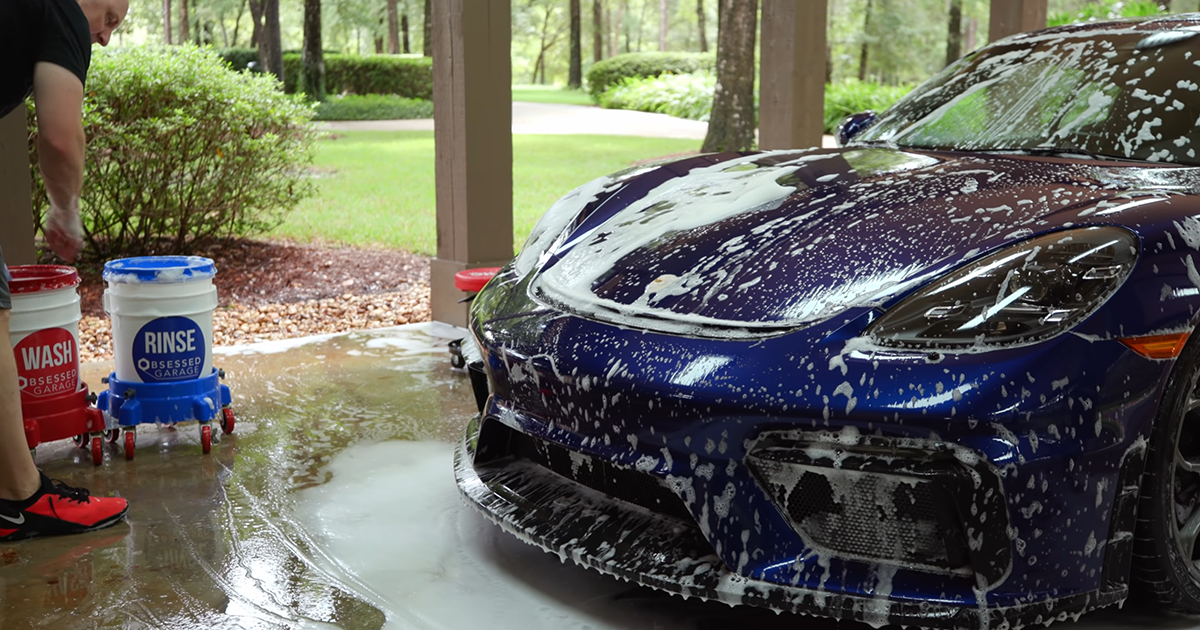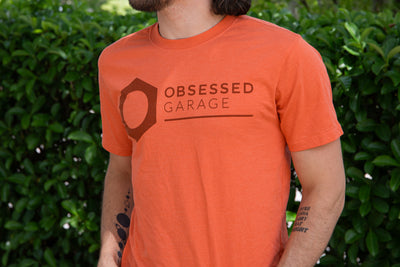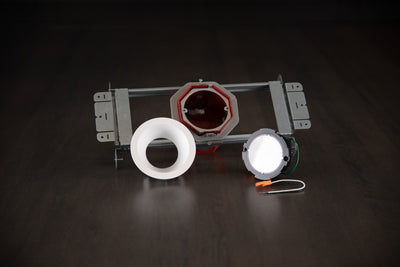How To Do A Proper Car Paint Decontamination

Over the years, I’ve done the OG car paint decontamination process on several of my vehicles and a few friends. It’s an important step to do before you do any paint correction to your vehicle. Decontaminating (or decon’ing) your car is a fairly straightforward process; it’s not complicated to do. However, there are pieces of information that can sometimes be overlooked in the process to prevent damaging your vehicle’s paint, which I want to cover. Throughout this article, I want to clarify some methods I’ve used and even altered over the years to make this experience safe and efficient.
My Vehicle Decon Process
I will walk you through my process step by step and give you options for how to perform each action. I always decon car wash my vehicles the same way using my decontamination package, but as you complete this job yourself, you may find other ways to perform this process better than me.
Wheels, Tires, and Wheel Wells
I like to start my decon process by cleaning the wheels, tires, and wheel wells, just like I would if I were doing a regular hand car wash.
- Foam your wheels, tires, and wheel wells with a wheel cleaner using a separate foam cannon. You don’t want to use the same foam cannon you put your car soap in with a wheel cleaning solution. You can also use a spray bottle or foamer to do this step; I like the foam cannon because I get more coverage and thicker foam.
- When it comes time to agitate my wheels, I like to use the EZ Detail Brush or the Detail Factory Wheel Cleaning Brush. Generally, I will use the EZ Detail Brush unless I have a set of gloss black wheels, in which case I go with the Detail Factory brush to ensure I don’t scratch them. I also use a lambskin wheel mitt to clean the wheels' spokes. This little guy does a great job cleaning the face and back of my wheels.
- If my tires are already dialed in, meaning I’ve done the prep work, I’d just use Brake Buster in my spray bottle to surface clean the tires - this is where a tire brush comes into play. If I’m prepping my tires for their first coat of tire dressing, I will use either Wise Guy (for a more aggressive cleaning) or Tarminator, a tar and sap remover for a newer set of tires.
- My final step is to rinse my wheels. If you’re working in direct sunlight, I suggest using deionized water to ensure you don’t experience any water spotting during the wash.
Paint Decontamination
After completing the wheel cleaning process, I move on to the paint decontamination.
- Pour 2-3 ounces of decon soap into your bucket and 5 ounces (150 mL) into your foam cannon.
- I foam the car and usually go right into bucket washing. However, if you want a little more bite out of your wash, you can let the foam sit until right before it dries and then go into rinsing. If you want to take it up a notch and get ultimate cleaning, you can rinse, refoam, and go into the contact wash. My personal preference when washing is to use a wash pad, but you can use a mitt if you want, or if you have softer paint, you can use the Delimitt from Microfiber Madness.
- Rinse the car again after the contact wash.
- From here, I go into the clay or Autoscrub step. I have almost exclusively been using Autoscrub, but if you want to, you can use a clay bar. For the Autoscrub step, I use a combination of the sponge and the pad with the hand strap. If you prefer, you can attach the pad to a polisher, but I feel this is too aggressive for my cars because they’re usually not too contaminated. However, it’s almost certain that you will not run into issues if you use enough clay lube (McKee’s N-914 at 128:1).
Deionized Water as a Chemical Decon Agent?
I took a deep dive into TDS (Total Dissolved Solids), deionized water, and the DI Water System with Chuck from CR Spotless. In trying to understand how the system truly works, I discovered a third pillar of chemical decon, deionized water. If you want to know more about the chemistry behind the CR Spotless Deionizer System and DI water, I suggest you read through that article to understand better. I’ll briefly explain how that discussion is relevant to the decon process.
DI water, like all water, is a solvent. This is very surprising to most (including myself) because we’ve been taught to think of solvents as super aggressive chemicals like strong acids and bases that will eat through stuff. From a chemistry perspective, this is not necessarily true. Even regular water, with measurable TDS, can dissolve dirt and grime and help wash it away. Deionized water still has this capability, just to a much higher level than DI water. Because DI water has 0 TDS or total dissolved solids, it wants to pull minerals such as calcium, iron, and magnesium into it.
As a result of this water wanting to accept these minerals, if your car has hard minerals in it, it will help you decon your vehicle. Chuck described this phenomenon as noticing your car looks freshly waxed after its first wash with DI water. If you wanted to use this in your decon process, you could always get more hardness minerals off your car. It will also make your soap more effective since the soap doesn’t have to work as hard to neutralize the hardness in the water to be effective, so it can use those active ingredients to cleanse your paint.
I kind of nerded out on you towards the end, but this kind of stuff fascinates me. I hope this cleared up some confusion and gave you guys some ideas and valuable tips regarding the decontamination process.



